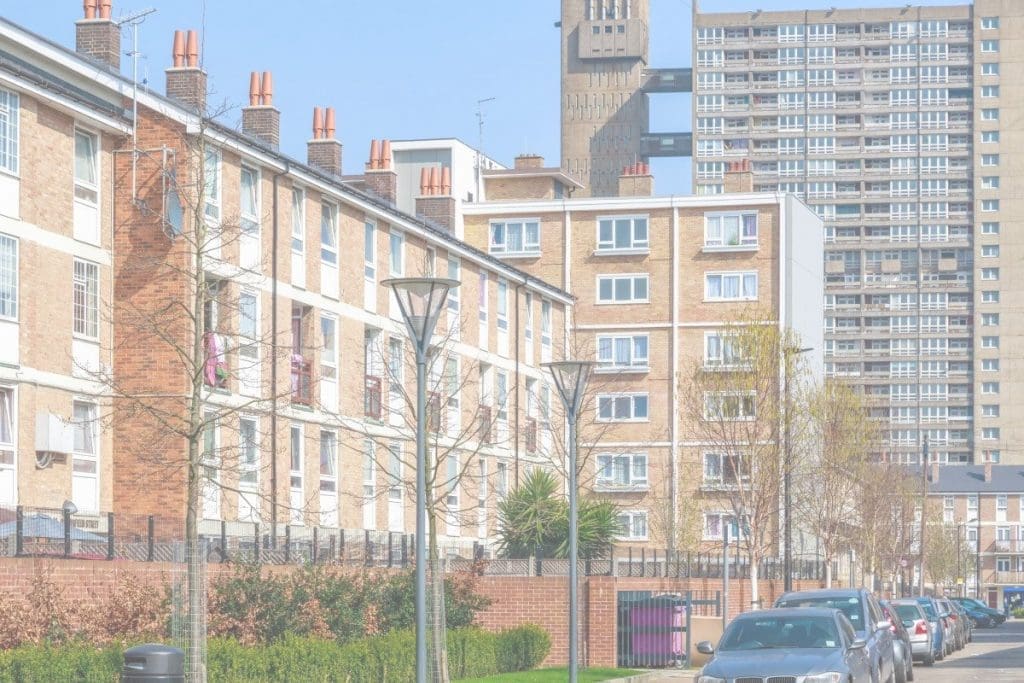
Airspace development is increasingly recognised as an important way to help tackle housing shortage in city centres.
A 2017 Housing White Paper recommended Airspace Development as one way to help increase the housing stock. With the shortage of property running to hundreds of thousands (a London Council’s members’ briefing suggested the shortfall would reach 559,000 homes by 2021), there is an agreed need to act fast. A release from the Mayor’s office highlighted a requirement for 66,000 homes to be built every year in the capital.
But while the need might be self-evident, gaining consensus for projects can be more difficult due to a number of concerns among interested parties.
In this post, we will look at arguments that help to put the case for airspace development and answer common concerns.
The following points are made with the assumption that specialist airspace developers are used, rather than a contractor looking to branch out into this area, perhaps enticed by potential profits.
Airspace Development – Give Facts, Not False Promises
The benefits of a well-planned airspace development are tangible and so there is no need to offer vague promises. These tangible benefits include the improvements made to the existing building as part of the development and also longer-term financial forecasts.
Residents can rest assured that an airspace development will lead to positive change, rather than just hoping things will turn out alright.
Detailing the Positives
Property Upgrade
For leaseholders to buy into an airspace development there needs to be benefits specific to them, the wider societal needs may, ultimately, not be their main concern.
Airspace development improves the building they live in. More properties are added but at the same time the existing building benefits from an upgrade and a cosmetic makeover.
A new roof will be installed, which will instantly remove any pre-existing problems with the roof it replaces and at the same time providing the certainty of a lengthy guarantee.
New lifts might be installed or the existing ones upgraded. Repairs that were previously required but hard to address because of financial restrictions, can be factored into the development creating a building that is compelling to new tenants but also those already occupying the building.
Any outside space is given a makeover, new lighting can be installed, the building’s entrance made more appealing. The exact nature of work will vary by property, but the focus will be to improve the property better, both aesthetically and structurally.
Financial Perks
Airspace development also benefits existing leaseholders financially. The upgrades to the property add value, typically by three to four per cent but sometimes up to 10%. Given London’s property prices, these percentage increases equate to a five-figure sum, potentially a figure approaching £50,000.
The building’s maintenance charge will also fall, pre-existing issues having been addressed and any the cost of any future work divided between more tennants.
Challenging The Negatives
Many residents are still likely to have questions and concerns over airspace development, with these often focusing on the quality of the work, how the property will look once the development is finished, the length of any upheaval and how big an impact expanding the building’s capacity will have on existing residents.
Any one of these concerns could be enough to make existing residents resistant.
Ultimately, the legitimacy of such concerns comes down to the quality of the build and the plans and experience of the developers. If airspace development is carried out to a high standard on suitable properties, the impact of any of those initial concerns should be minimal, but a poorly thought through project by those inexperienced in this field could create significant problems both in the short and long term.
Taking the upheaval on site as an example, we are among developers who carry out as much of the build off site as possible, in many instances the majority of the build is tackled in this manner. Sections of the build completed off site can then simply be installed on site, greatly reducing the time contractors are on site.
The impact on existing residents can be quantified by focusing on the improvements to the building but also by being open and having a dialogue with the airspace developer.
Dialogue and Why Not All Developers Are Equal
If done badly or without sufficient thought, an airspace development could have a negative impact on existing residents. The developer will have made their profit, but then moved on to a new project leaving the people left behind with a sub-optimal development.
It is essential to choose specialist developers, to scrutinise plans, to look at past projects and to have a dialogue whereby residents get the chance to put concerns to the developer.
At South Coast Estates, we stand out because we retain an interest in the development which translates into a high quality, thought out build
The usual model is for the developers to sell the new properties and move on, they make their profit from the sale. We let out the new properties and so retain an ongoing interest in both the individual dwellings and overall property. This guarantees a high quality of work and ongoing maintenance as our profits are dependent on the new properties retaining their appeal over decades.
About Upspace
Upspace specialises in residential rooftop development.
We help leaseholders and developers transform under-used property airspace into high-end liveable accommodation – helping address London’s housing shortage.
If you have any queries or are interested in finding out if your property might be suitable for airspace development, please contact us.










